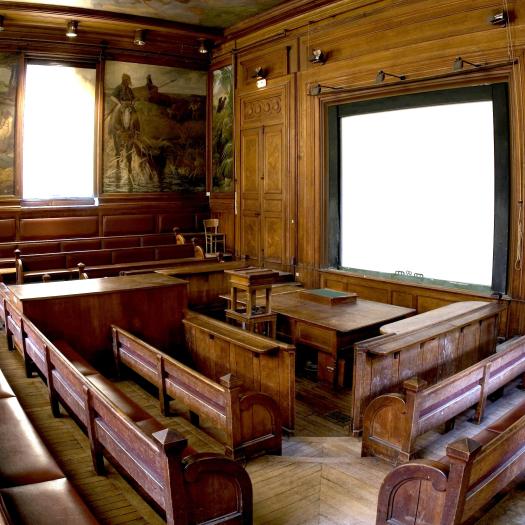PhD Defense - Constance Bronnert


La soutenance de thèse de Constance Bronnert aura lieu le Vendredi 5 octobre à 14h à l’amphithéâtre d’Anatomie comparée et de Paléontologie.
Thèse de doctorat sous la direction de Grégoire Métais et Valery Zeitoun
Composition du jury :
Résumé :
Perissodactyls (nowadays including horses, rhinos and tapirs) appear at the beginning of the Eocene, and quickly spread into the whole Northern Hemisphere. The center of origin is still debated but the Asian hypothesis is favored, and their phylogenetic affinities are also matter of debate, mostly since the discovery of cambaytheres in India and the genetic affinities with the South American Native Ungulates. This work provides a review of hippomorph perissodactyles of the early Eocene (MP7- MP10) of Europe, and presents a new phylogeny to answer the question of their origin. Most of the material is unpublished and comes from the Paris Basin, as well as Southern France. Twelve hippomorph species, including two new species, and a new species of isectolophid have been identified for the early Eocene of Europe. Faunas close to the MP7 reference-level show differences between Northern and Southern Europe, confirming the hypothesis of a climatic barrier. A turnover of perissodactyls at the generic level takes place between the sites close to MP7 and those close to MP8- 9, and a homogenization of species between Northern and Southern Europe occurs. The sites close to MP8-9 and MP10 have similar perissodactyl faunas. The phylogenetic study indicates that European hippomorphs are paraphyletic, and that North American equids are rooted in this group, as well as European paleotheres. Several dispersal events occurred from Asia very early in the Eocene. Two episodes of dispersions towards Europe took place for the tapiromorphs, a first (MP7) bringing the isectolophids which will go extinct quickly in Europe, and a second one (MP8-9) bringing more derived tapiromorphs.



